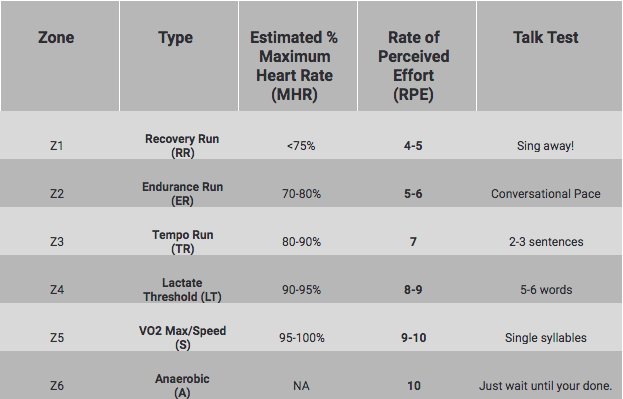Have you ever heard that you should be training smart, not hard?
I disagree.
Driven athletes should absolutely be training hard. I have nothing bad to say about training hard, but training smart will ensure that all that hard work is progressing you toward your goal. Being even smarter about your training will ensure that all that hard work is progressing you toward your goal in the most efficient manner.
Below are three training concepts in the form of equations that will help you to make smarter training decisions so you can combine all your hard work with a little bit of logic.
1. Stress + Rest = Growth
Some variation of this training concept has been around for as long as I can remember. Recently it has been discussed in length by Coach Steve Magness in his book Peak Performance.
The equation is both strikingly simple and impossibly complex. Simple in that it serves as a reminder that both training stress and adequate rest are important elements for growth as an athlete. Complex because the variables are left up to individual athletes to define.
My suggestion to athletes is to first define the way you wish to grow and improve. Once this variable is defined, the other variables will become much more clear.
2. Volume x Intensity = Training Stress
This equation ties in nicely with the previous equation as it will help you quantify your training stress (aka training load) more accurately. Smart runners know that without enough training stress, you will not improve because there is not enough stimulus for change. Too much training stress and you end up injured, overtrained, or simply burnt out.
When quantifying training stress it is important to account for both volume and intensity in order to get the whole picture.
For trail runners I suggest using Training Duration as your measure of Volume, and Rate of Perceived Exertion (RPE) as your measure of Intensity. See RPE Chart below.
Hours x RPE = Training Load
This formula will work the same with both individual training sessions or to track your training stress over time. With this you can make a smart plan for adjusting either volume or intensity to increase or decrease your total training stress in a sensible manner relevant to your growth goal.
3. Training Stress - Rest = Zero
The final variable in the growth equation is rest. Rest is perhaps the trickiest variable to quantify, but the the primary concept is that rest should always be correlated with training stress. As training stress increases so does the amount of rest required to allow for recovery, and prevent overtraining, burnout, and injury.
Recently there have been a few attempts at wearable tech to assist in quantifying how much rest you should get in relation to your training stress, but in my opinion there is no better way to determine if you need more rest than to LISTEN TO YOUR BODY!
Rest needs to be prioritized just like Training Stress. If you are feeling beat down and you don’t have time for a nap, perhaps you can make time by shaving some time off of time spent training in order to keep stress and rest in balance.
Running is more than math.
These equations are not universal laws of nature. There are far too many variables in sport and between individual athletes to create the perfect training equation that will always be true in every situation for every individual.
Though we can learn from science how to improve as athletes, running is ultimately an art. The art of running is why we race, rather than submitting a mathematic proof of our speed. However, these equations are training concepts that will help smart runners make more sensible training decisions.


